Big time for Bahamian sloops
Published on April 29th, 2024
The National Family Island Regatta is the largest and oldest of the 22 yearly Bahamian wooden racing sloop regattas. This year’s NFIR regatta, the first since sailing became the national sport of the Bahamas, was sailed April 23-26 on Elizabeth Harbor in George Town, Exuma, Bahamas. Report by Jan Pehrson.
With the largest number of wooden sloops in the history of the NFIR, 89 entrants were there to compete in the 68th edition for prize money, trophies, bragging rights, and fun. Not to mention an adrenaline rush they won’t soon forget!
“Can you think of another wooden boat regatta of this size in the world that is growing rather than shrinking?” I ask the organizers. They cannot, explaining that Bahamian regattas are unique in the world. ‘Regatta Time’ is the biggest event of the year in many of these islands, offering both excitement and an economic boost to the communities.
Now that sailing is officially the national sport, there is much welcome support from the Bahamian Government. Ministers and dignitaries are everywhere, viewing the races, handing out trophies, and making speeches promising even more financial support and assistance in the future. Crowds cheer!
Class rules are few, making for exhilarating and often unpredictable racing. Skippers, owners, and boat designers must be Bahamian, and sloops must have the hull shape of the traditional fishing workboats that are their ancestors. There can be no fin keels, winches, or electronics. The idea is to sail with skill rather than modern devices.
There are four racing classes – Class-A (28 feet long), Class-B (21 feet long), Class-C (17 feet long), and Class-E (12 feet long). With long overhanging booms and masts of unlimited height, sails are huge and billowing and easily overpower the hulls. Sails are balanced by movable human ballast hiking out on ‘pry boards’ held to the deck by large staples. The pry crew – hopefully! — keep the sloops from capsizing.
In the weeks before regatta, I can feel the anticipation. Flights into George Town are sold out. All rooms are booked. All cars are rented. People are livening up their homes and guest houses with fresh coats of paint.
Plywood stalls are being knocked together on the regatta site, ready for people to gather and enjoy their food and libations. Da Big Shack, Liquid Lounge, Sailor’s Choice, JB’s Hot Spot, and dozens of other newly constructed stalls become instant gathering spots.
The Bahamian wooden racing sloops begin to arrive. Sloops from distant islands are transported as deck cargo on inter island barges; sloops from closer islands arrive under tow. Along with the sloops come their accessories — extra booms, masts, sails, and lead ingots used for ballast so the sailors can tweak their boats during the regatta as wind conditions change.
In windy conditions, A-Class boats sometimes have as many as 18 crew. The number is unlimited. Hundreds of sailors are descending on George Town to be crew on the 89 boats. For the sailors, it’s about sailing with your cousins against the families from other Bahamian islands and coming together after the racing for some good times. That’s why they call these the Family Islands!
Let the regatta begin!
This year, some things about regatta remain the same, but big changes are in the wind. The event is both traditional and exhilarating. Only in the Bahamas have wooden boats once designed for fishing morphed into an extreme sport!
In the 68-year-history, there have been only three NFIR commodores.
The first person in this voluntary position, the late Commodore Emeretus Howland Bottomley, took the helm in 1954 when a small group of Bahamian and American yachtsmen conceived the idea of holding a regatta for the Bahamian working sailing fishing craft – sloops, schooners, and dinghies.
In 1993, after mentoring Danny Strachan for five years, Howland passed him the baton. As of this year’s regatta, Danny is retiring and so becomes a Commodore Emeretus himself. “The regatta here is growing because of enthusiasm and pride and joy,” he notes. “One of the classes that has been proliferating is E-Class. We started this one design to train junior sailors and to teach them life skills.
“In any endeavor there should always be a next generation of leadership. I have mentored Dallas Knowles for 7 or 8 years now. I have taken the regatta to a certain level. I am happy and have achieved my goals, and it’s time to step aside and let Dallas take it up the mountain top. I enjoy the regatta, so in retirement I will be sailing on one of the boats!”
Today, in 2024, the 68th year of the regatta, Commodore Dallas Knowles brings in fresh ideas. He is head coach and club director of the Exuma Sailing Club, with a mission to get youth involved in sailing.
Dallas makes use of technology, like drone video footage, to instruct the kids. He coaches them in both international sailing (Optis and Lasers) and traditional Bahamian sailing (E-Class Sloops for junior sailors). Dallas and his team are creating a smart phone app called NFIR giving the National Family Island Regatta worldwide live exposure and recognition.
During three days of racing in Elizabeth Harbor, the excitement never lets up. In the challenging windy and choppy conditions, some of the systems on the wooden sloops fail. Because these boats are heavy displacement and sailing on the edge, wooden masts break, wooden booms snap, and blocks part. Crew fall overboard.
Most dramatically, the mainsheet block on A-Class sloop Rufff Justice jams and the crew cannot not ease the sheet. This causes the sloop, with a displacement equal to a medium sized delivery truck, to heel over and sink in 10 or 20 feet of water. Bahamian sloop sailors have grown up on and in the water, and sailing and swimming come naturally to them. There were no injuries, and Rufff Justice was refloated with no further damage.
As their crews worked hard to control the heavy overpowered sloops, there were many protests, keeping the protest and appeals committees busy and causing the regatta point scores to change many times.
It’s Saturday night. On-the-water the sailing is over, but on-the-land the party goes on until dawn. Save the date April 22-26, 2025 for the next NFIR. Come join the fun, and don’t forget to make your reservations early.
Sloop skippers range in age from 80-plus-year-olds to teenagers. The elders keep it connected to history; the youths keep it vibrant. Winning A-Class in Ed Sky was 80-year-old Lee Armbrister (top photo) who has worked all his life on the water. 16-year-old Joss Knowles placed 3rd in B-Class (sailing Tari Anne) and E-Class (sailing Lady Kayla), and many young sailors participated in the regatta.
Race Results:
Class-A: (1) Ed Sky, Lee Armbrister, Ragged Island (2) Running Tide, Stefan Knowles, Long Island (3) New Legend, David Knowles, Long Island
Class-B: (1) Susan Chase V, Stefan Knowles, Long Island (2) Lonesome Dove, Jeff Gale, Abaco (3) Tari Anne, Joss Knowles, Exuma
Class-C: (1) Sassie Sue, Stefan Knowles, Long Island, (2) Bull Reg, Leslie “Buzzy” Rolle, Exuma (3) Xena, David Knowles, Long Island
Class-E: (1) Sugar Loaf, Finley McKinney-Lambert, Eleuthera (2) Lady Annmarie, Colin Cartwright II, Long Island (3) Lady Kayla, Joss Knowles, Exuma
Jan Pehrson is a sailing photojournalist who spends summers in San Francisco, California and winters in St. Pete Beach, Florida. As a racing and cruising sailor and Coast Guard licensed skipper, Jan’s familiarity with sailing and the sailing community lends an in-depth element to her prolific array of photographs and articles. Contact her at www.janpehrson.com





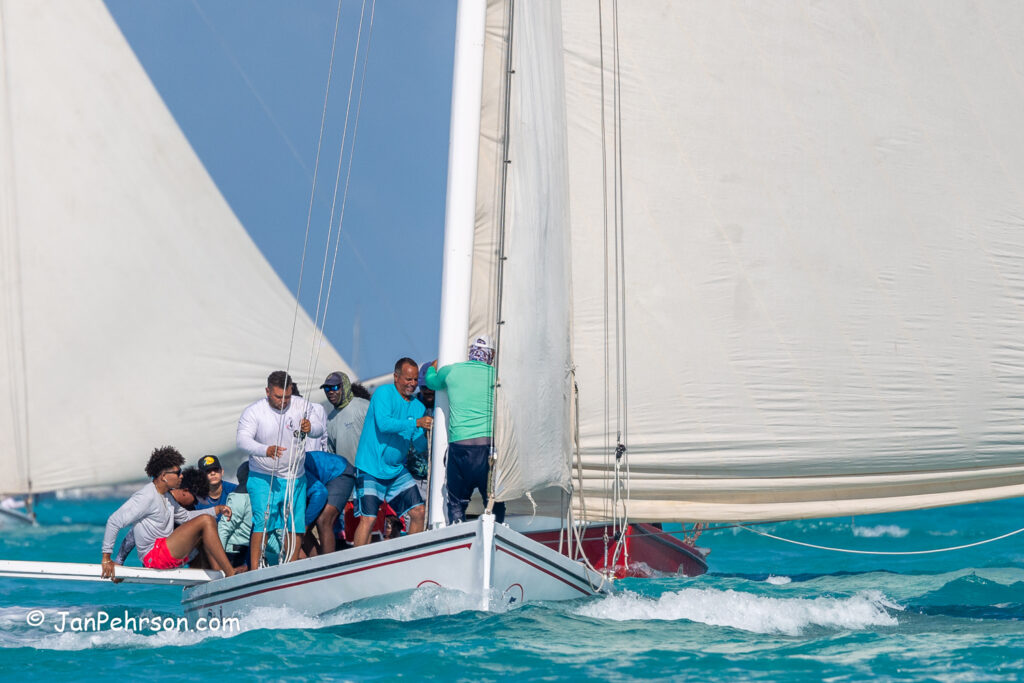
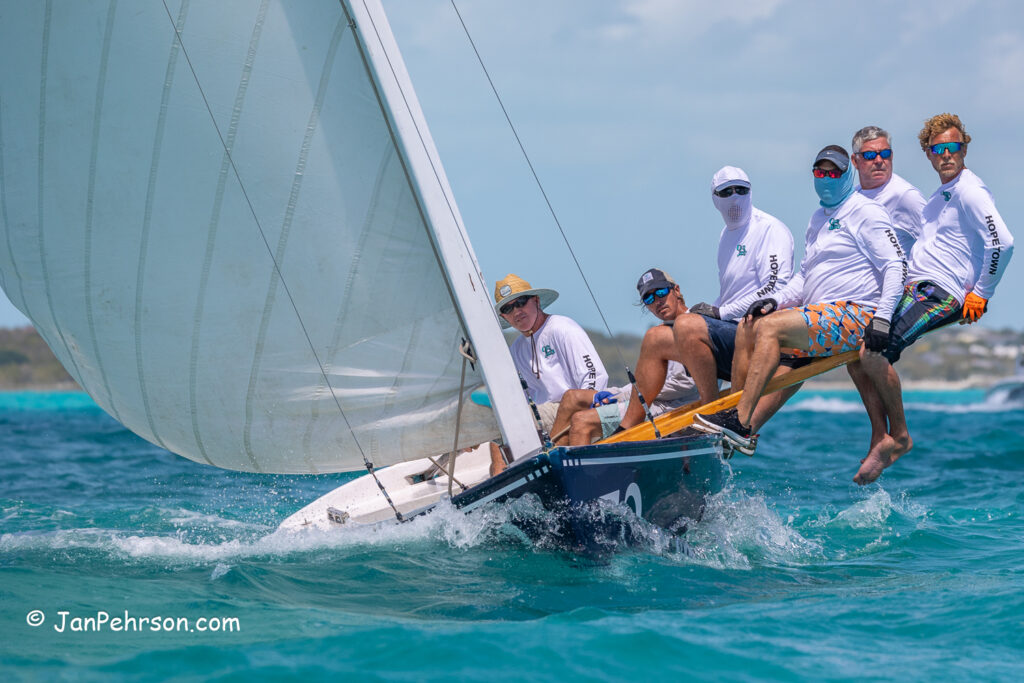
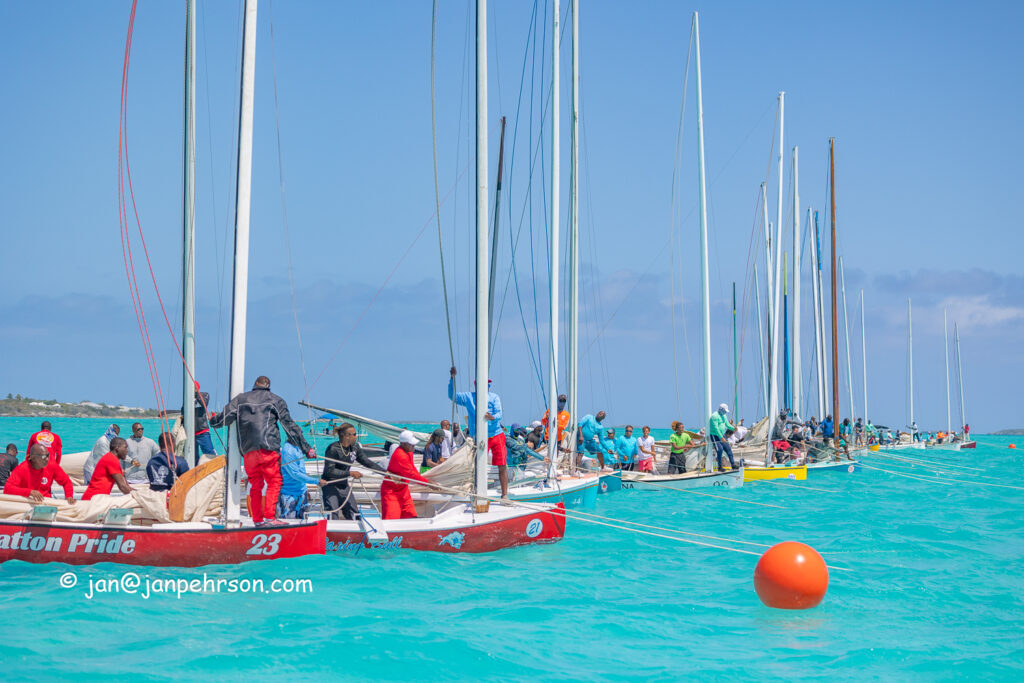

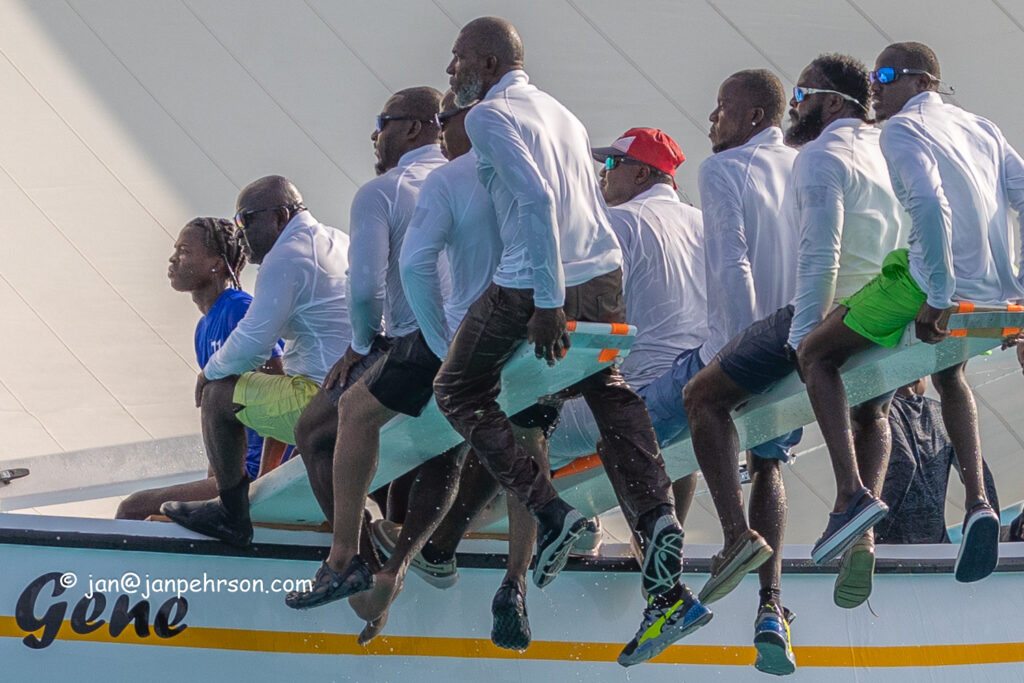
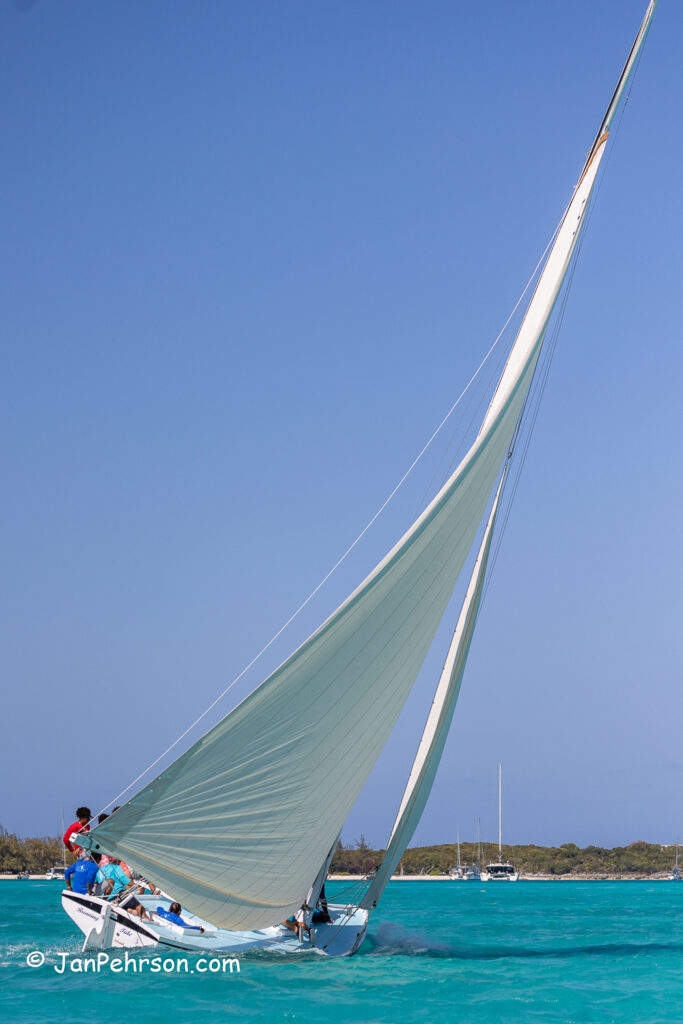

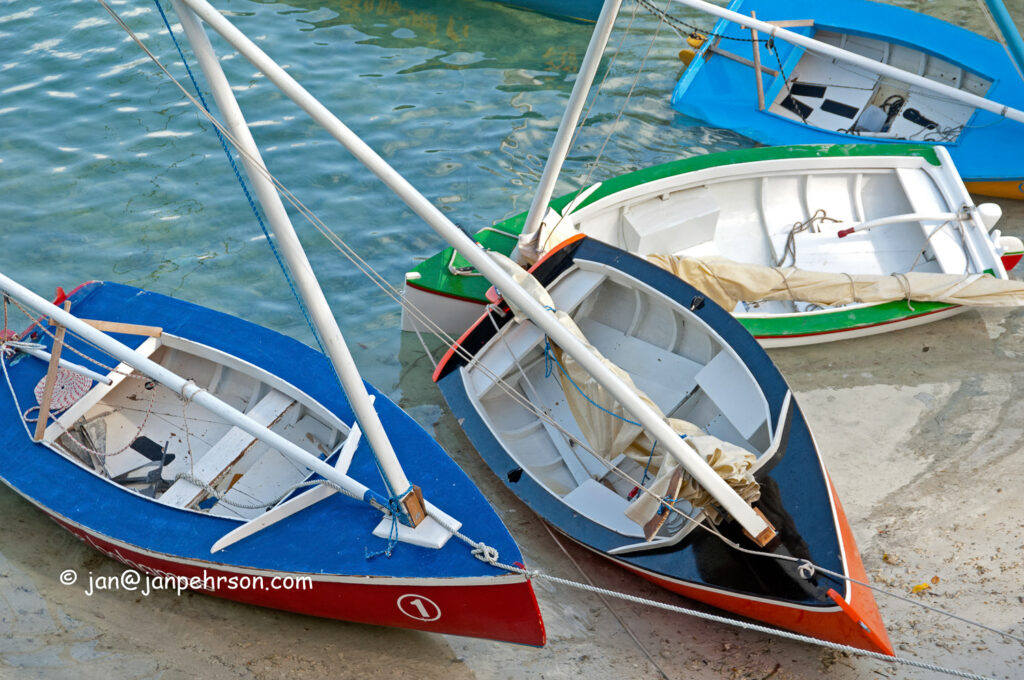
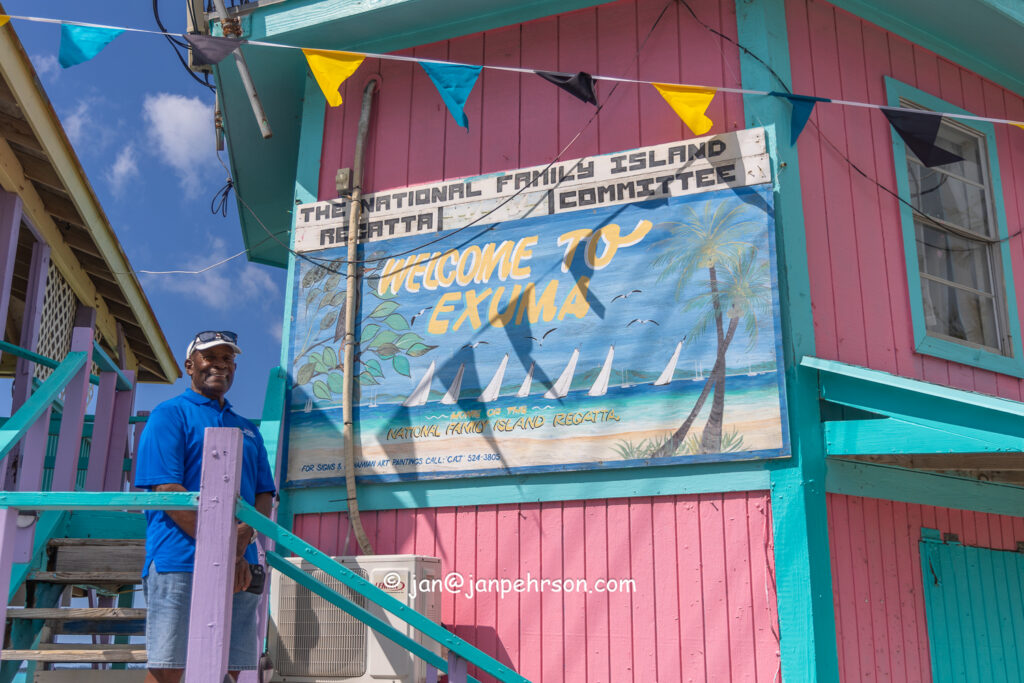

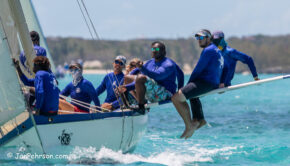
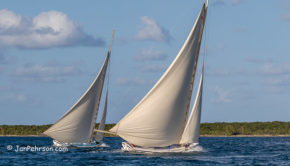
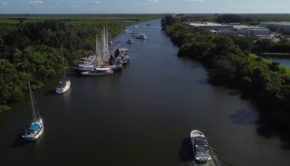
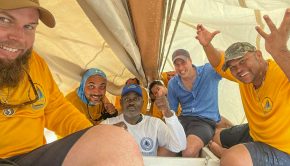
 We’ll keep your information safe.
We’ll keep your information safe.